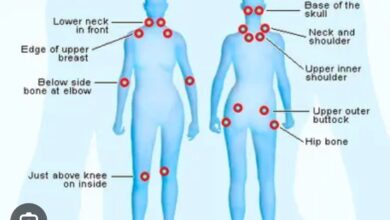GLP-1 RA’S ARE SPAWNING NEW WEIGHT LOSS DRUGS

Research on Type 2 Diabetes (T2D), especially into new methods and mechanisms to treat this terminal disease, is ongoing. Coincidentally, one benefit of diabetes research in recent years has been the discovery of a new and highly effective treatments for obesity, which may, or may not accompany T2D. The discovery of Glucagon-Like Peptide-1 receptor agonists (GLP-1 RA’s) has changed the landscape of T2D and has given obesity a run for its money. Plus, GLP1’s have greatly increased the revenues of the pharmaceutical companies who manufacture these very popular and very effective drugs.
Their incredible efficacy in obese patients has led to documented weight losses exceeding 20% of body weight to as much as 87 pounds in one individual. GLP-1 RA’s have also almost become first-line treatment for overweight diabetics because they lower blood sugar and A1C levels very effectively while melting off those difficult to shed extra pounds. The fact that GLP-1’s are only available as injectable drugs has not detracted from their desirability among patients. A big stumbling block with many out-of-control diabetic patients was getting them to accept injecting themselves with insulin. Many were “afraid of needles.” This has not been a problem with GLP-1’s. Patients readily accept them with no resistance; even those that require twice daily injections.
While GLP-1RA’s are the current best thing, the American Diabetes Association is still hard at work supporting research on diabetes. A recent article in Medscape presented information on pharmaceutical research for formulations that promise to be equal to, or better than, GLP-1RA’s. There are at least five additional drugs, or drug combinations, which have the dual function of weight loss and diabetic control.
The first of these is MariTide (maridebart cafraglutide), a once monthly injection. Made by Amgen, a pioneer in biotechnology, it’s weight loss numbers are not as good as other drugs, but a once monthly injection is very appealing to diabetics.
Second on the list is Orforglipron, an Eli Lilly investigational drug. It is indicated for T2D, and is an oral formulation (the only oral GLP-1RA) and can be taken with or without food. Because it’s an oral drug, it is considerably cheaper to manufacture. An oral GLP-1RA would be a huge boon for patients and to sales.
Patients lose weight with GLP-1RA’s because of a combination of fatty tissue loss and lean muscle loss. The latter is not desirable, but is a consequence of GLP-1RA’s. Eli Lilly leads the way in combatting this problem by combining a monoclonal antibody (bimagrumab) and semaglutide. Monoclonal antibodies block muscle receptors and actually promote muscle growth.
Novo Nordisk has developed CagriSema which is semaglutide plus cagrilinitide for weight loss and T2D. Cagrilinitide is in a drug for diabetes, but normally is used in a different formulation. When combined with semaglutide, weight loss becomes its primary indication.
The last of these new T2D/weight loss drugs, Adjunct semaglutide, is indicated for Type I Diabetes. Semaglutide is given adjunctively (in conjunction with) insulin with the hope of better control of Type I Diabetes.
This reference article, though very brief, reports on the many combinations of drugs researchers are experimenting with in the hope of finding the perfect drugs for diabetes and obesity. At the present time, GLP-1RA’s seem to be as near to the perfect drugs as we’ve ever had. Trying different drug combinations and different drug classes, doctors hope to find the solution to two major terminal illnesses—Type 2 Diabetes and Obesity. I think they’re closer than they have ever been.
Reference: Tucker ME. Next-Generation Obesity Treatments Take Center Stage at ADA. Medscape 2025 June 18.




